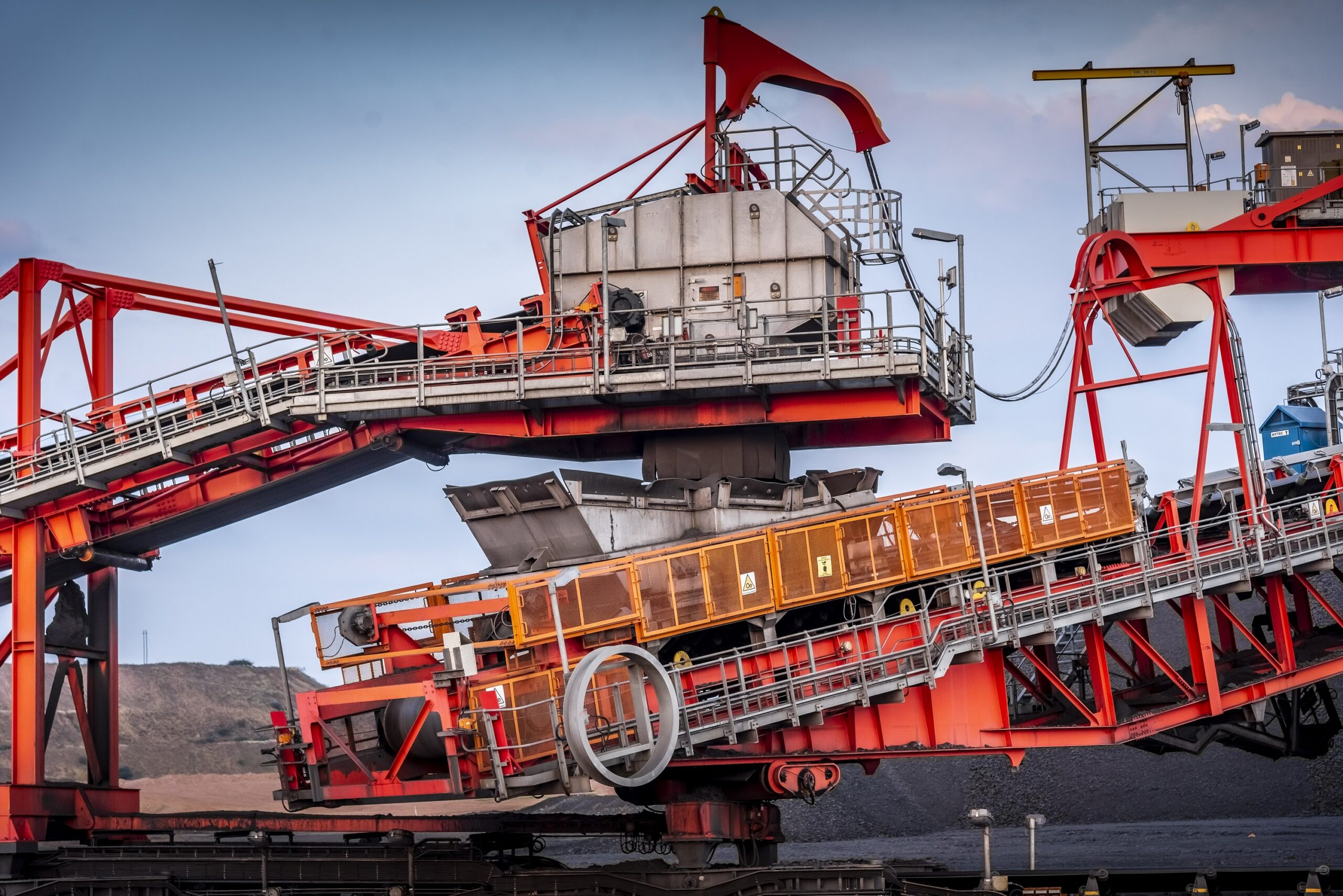When a new plant is being planned, considerable care needs to be taken in the design and placement of the transfer chutes, argues Mark Baller, MD of Weba Chute Systems.
“In our experience, there has been considerable disruption caused to plant operations by transfer chutes which are not optimally designed or properly located in the flowsheet,” says Baller. “This is a concern, as this disruption can cause financial loss that is not commensurate with the value of the equipment.”
He says the relatively low cost of a chute compared to the high value items like crushers and screens may be one reason why they are not taken as seriously as they should be. For example, the chute supplier is often engaged quite late in the plant design process.
“The plant layout has then already been decided, and the chutes are just expected to be slotted in as and where the space is available,” he says. “We request our clients to talk to us earlier, so that we can give the necessary valuable input on where chutes would be best placed. It is costly and time consuming to try and adjust plant designs further down the line.”
It is even more costly to make changes after the plant is built and is then found to experience challenges at the transfer points. This may even require complex modifications such as moving the head pulley or changing structures and flows to allow for a different flow path.
“Nonetheless, we have developed a reputation for success even in these difficult situations,” he says. “We helped an Australian iron ore mine which was having to shut its plant down every six weeks due to problems with its transfer chutes.”
The mine needed to extend its chute maintenance window from six to eight weeks, so Weba Chute Systems engineered a solution for their challenging ore – which was sticky when wet. This was achieved, with maintenance interval in fact being lengthened from six to 12 weeks.
“Our improvements meant that the transfer chutes were lasting longer than the other equipment, and were no longer an obstacle in the mine’s strategy to reduce the number of shutdowns each year,” he says.






